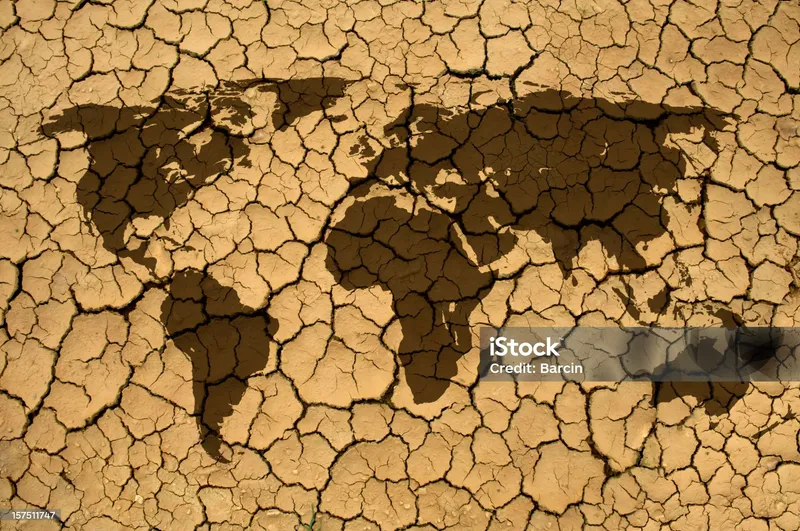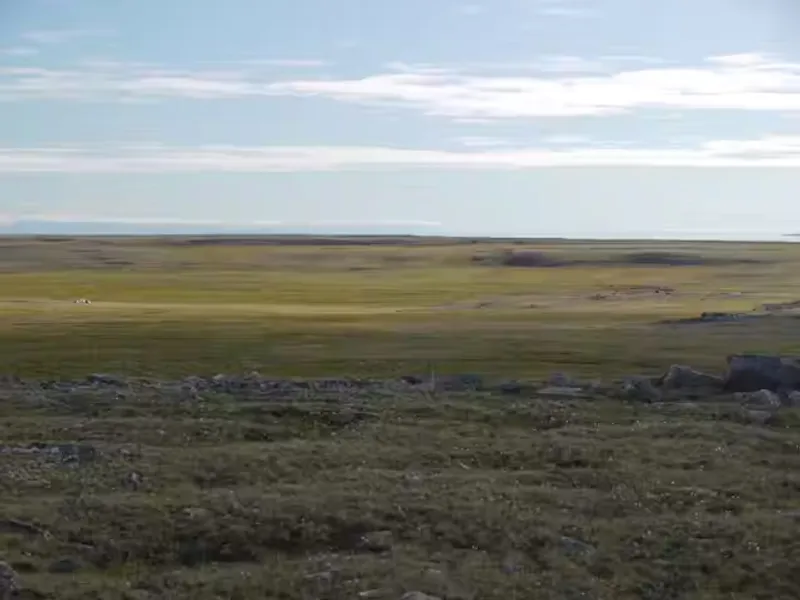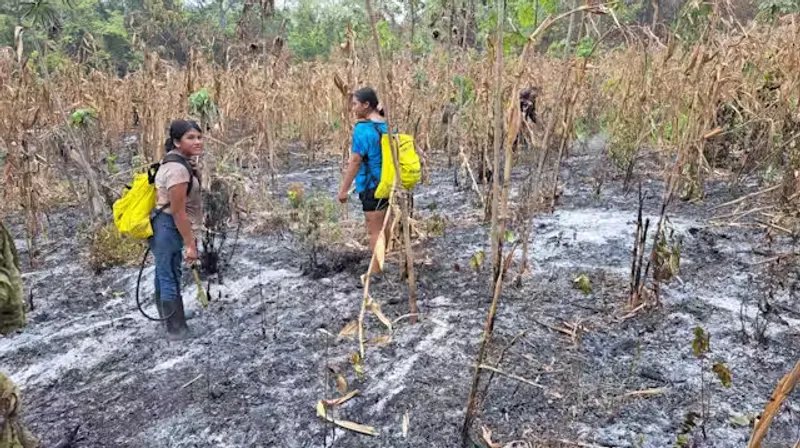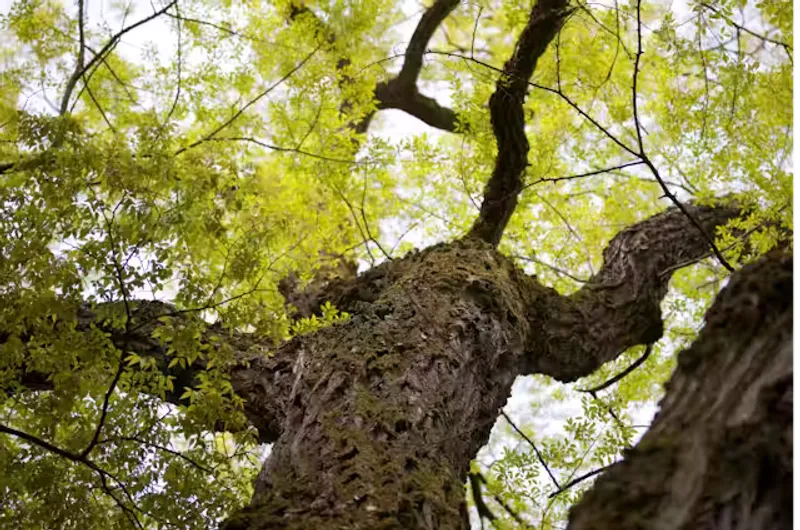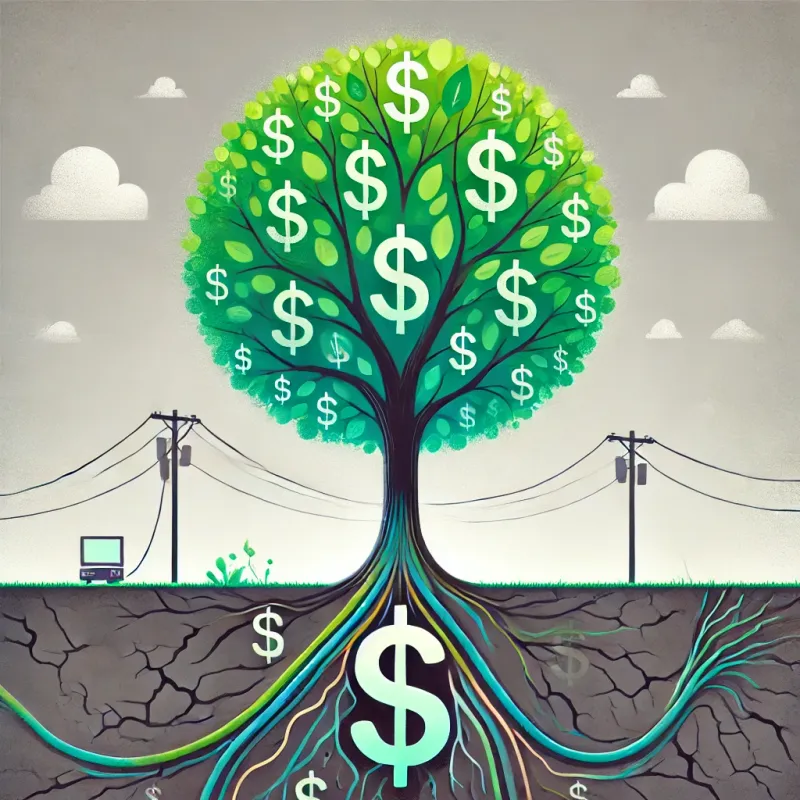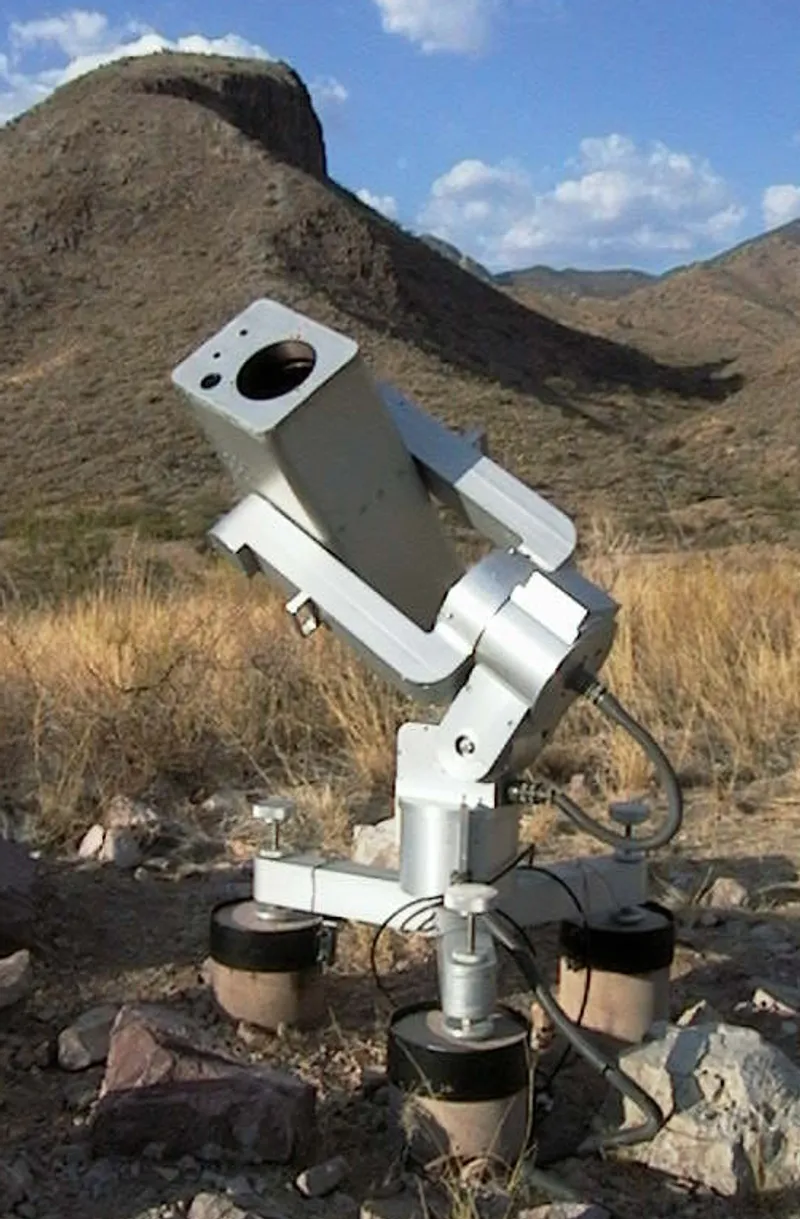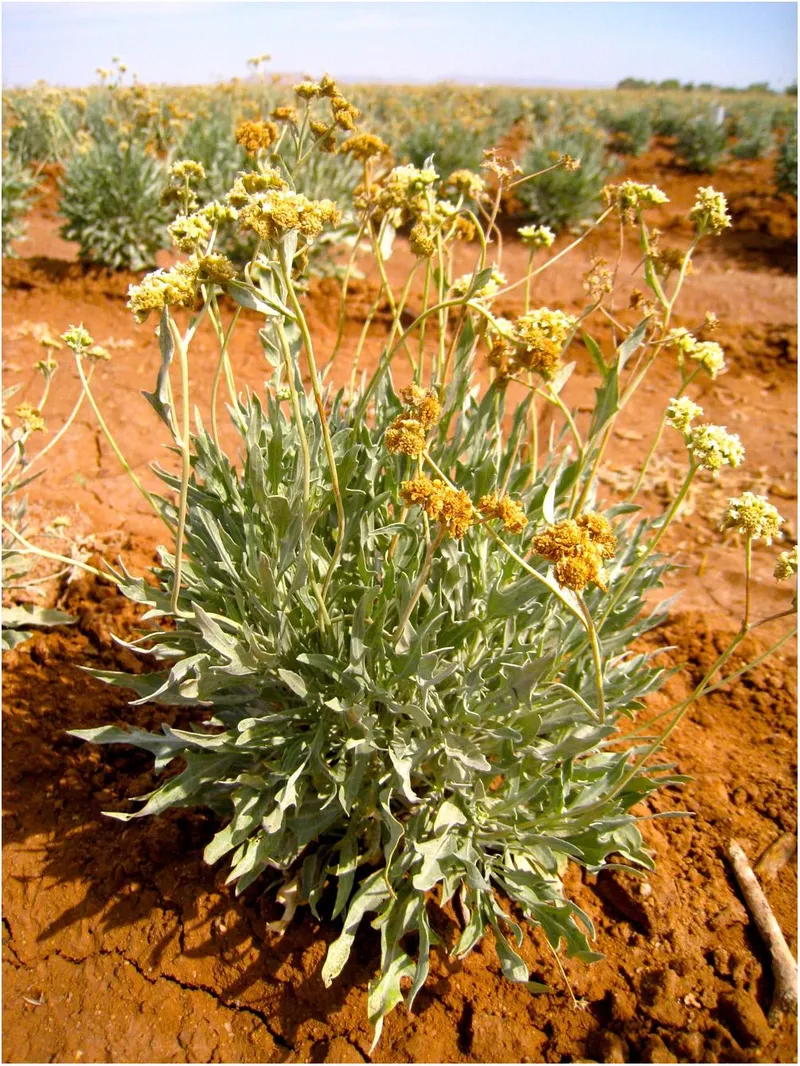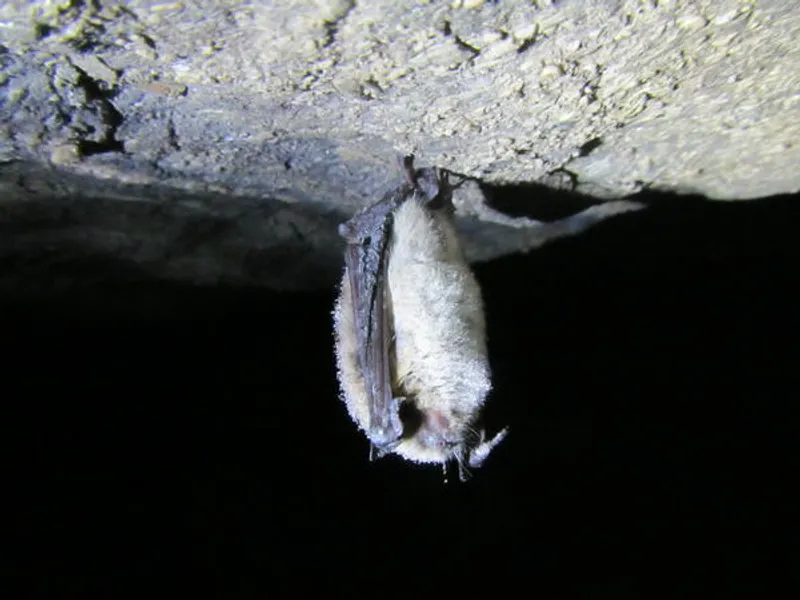Published on MAY 10 2025 by James Smith
Climate Change in the Sahara Desert
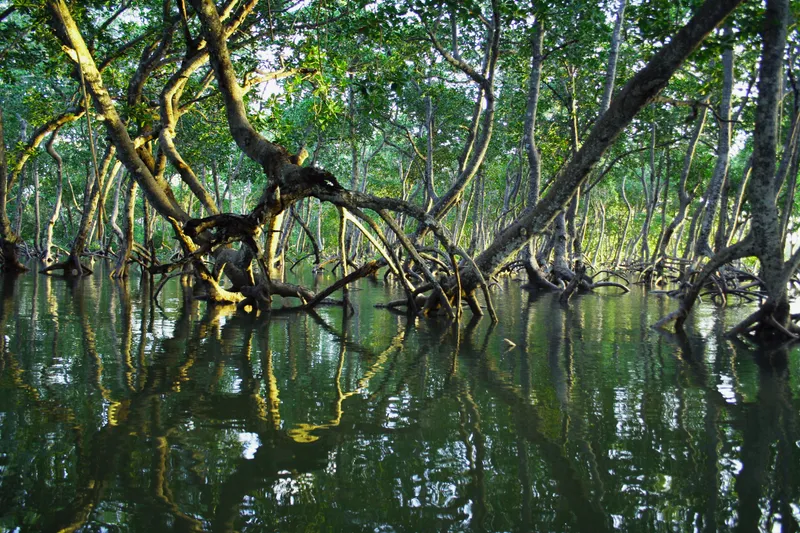
The Sahara Desert, one of the most iconic landscapes on Earth, is undergoing significant changes due to climate change. Rising temperatures, shifting precipitation patterns, and the effects on vegetation and wildlife are reshaping this vast ecosystem.
Temperatures in the Sahara have been increasing steadily, leading to more extreme heatwaves and prolonged dry periods. These changes are impacting the desert’s fragile vegetation, which plays a crucial role in stabilizing sand dunes and supporting wildlife.
Precipitation patterns are also shifting, with some areas experiencing reduced rainfall while others face sudden, intense storms. These changes disrupt the delicate balance of the desert ecosystem, affecting species that have adapted to survive in harsh conditions.
Wildlife in the Sahara is particularly vulnerable to climate change. Species such as the addax antelope and fennec fox are struggling to adapt to the changing environment, while migratory birds face challenges due to altered habitats.
Efforts to mitigate the impacts of climate change in the Sahara include reforestation projects, sustainable land management practices, and research initiatives like the Sahara Climate Research Initiative. Dr. Ahmed Ben Youssef, a climate scientist, emphasizes the importance of understanding the desert’s unique dynamics: “The Sahara is not just a barren wasteland; it is a living ecosystem that requires our attention and care.”
The Sahara Desert is a critical region for studying the impacts of climate change. By addressing these challenges, we can ensure the resilience of this iconic landscape and its inhabitants.
- Ben Youssef, A., et al. (2024). Climate Change Impacts on the Sahara Desert Ecosystem. Journal of Desert Studies, 18(2), 123-140.
Written by James Smith
← Home


